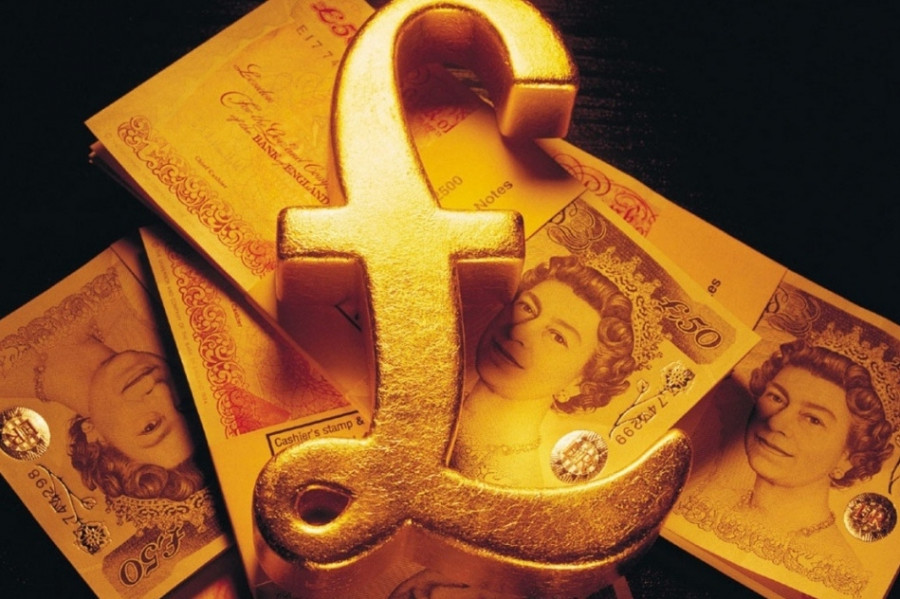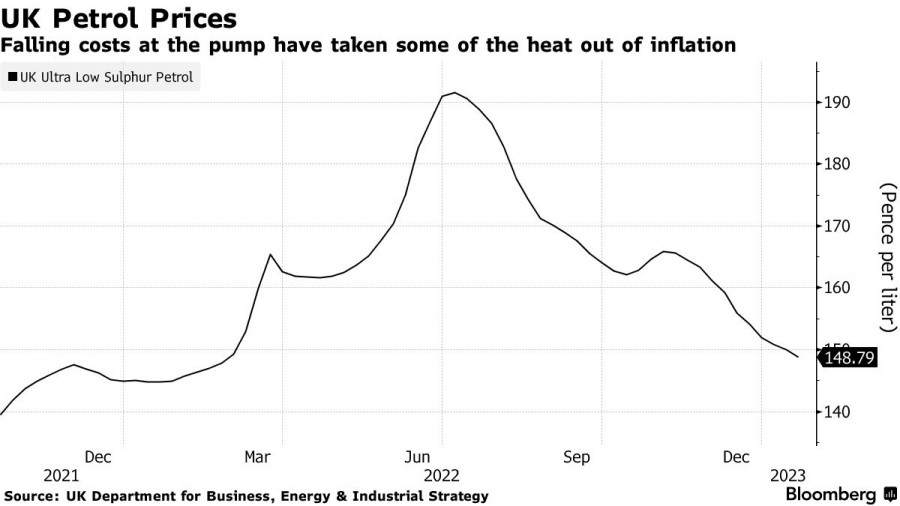
Although inflation in the UK fell on December, pound continued to rise as market players hope for the gradual easing of the cost-of-living crisis.

The UK Office for National Statistics reported that consumer prices rose 10.5% year-on-year, which is slightly slower than the 10.7% increase in November. However, inflation is still five times the Bank of England's 2% target, highlighting the challenge that the bank is facing as it tries to curb rising prices without exacerbating the expected recession. Most likely, interest rates will be raised again at the meeting in February, especially since the data matched economists' forecasts.
"High inflation is a nightmare for household budgets," said Chancellor of the Exchequer Jeremy Hunt. "It destroys business investment and leads to strikes, so as hard as it is, we need to stick to our plan to reduce it. While any reduction in inflation would be welcome, we are unlikely to stop as we have a clear plan of action to bring prices down by half this year," he added.
In terms of individual components, fuel prices have fallen along with clothing and footwear prices. It was 11.5% higher in December, up from 17.2% in November. Prices of food and soft drinks also rose at the fastest rate since 1989. This is sure to hit low-income families who spend most of their income on necessities such as food. The fall in inflation has been offset by increases in bus fares and airfares.

Investors believe that rates will peak at around 4.5% by mid-year as the Bank of England is likely to raise interest rates by another half-point to 4% next month. After all, they are trying to prevent an inflationary wage-price spiral, especially since average household income excluding bonuses in the last three months to November 2022 was 6.4% higher than a year earlier. That is the biggest increase since records began in 2001, not counting the peak of the coronavirus pandemic. The rise in income leads to an equally rapid rise in expenditure, which stimulates another inflationary spike.
With regards to GBP/USD, the attempts of buyers to continue raising the quote have been successful. However, they need to stay above 1.2245 in order to maintain their advantage. The breakdown of 1.2300 will push the pair to 1.2340 and 1.2399, while sellers taking control of 1.2245 will lead to a fall to 1.2190.
In EUR/USD, there is still a chance for further gains and an exit to new yearly highs as long as buyers manage to keep the pair above 1.0770. Such a move will also spur a price increase towards 1.0815 and 1.0860. But in the case of pressure around 1.0770, the pair will fall to 1.0720 and head towards 1.0685.